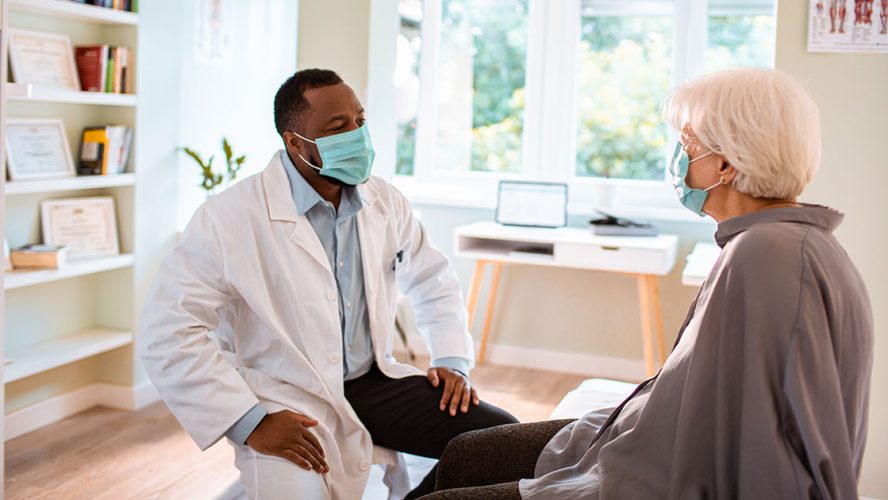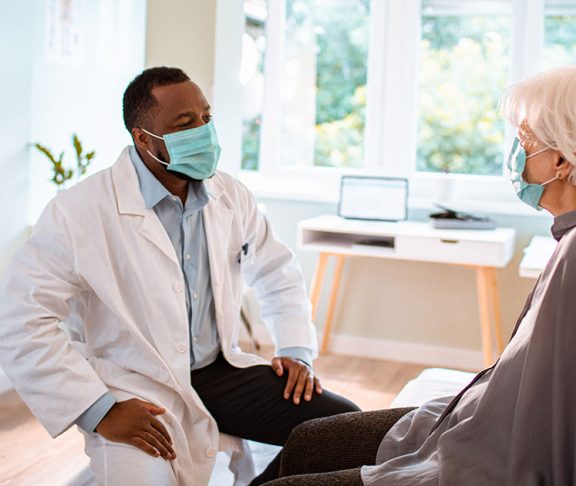“I have lung cancer, now what?”
The days following a lung cancer diagnosis are often a blur of confusion. There’s an abundance of fear, doctor’s appointments, and tough conversations with family and friends. First and foremost, it feels like treatment needs to start happening now. But, rest assured, you have time to set up a treatment plan that works for you.
The Lung Cancer Foundation of America has outlined the seven steps to take after a lung cancer diagnosis to help define and manage a personalized course of action. The steps are designed to help you understand more about your type of lung cancer and to find the support you need.
1. Slow down
We know you want to start treatment right away, but what is most important is to get the right diagnosis and the right treatment at the right time for you.
2. Get biomarker testing
This will help you find out if your type of lung cancer has a targeted therapy available. Unless you are experiencing severe symptoms that need immediate attention, don’t start treatment until you have received the results of comprehensive biomarker testing. Request copies of your pathology report, scan reports, labs, scan files, and other diagnostic records to have them for future reference.
3. Find a thoracic oncologist (a lung cancer specialist)
Make an appointment to discuss your diagnosis and available treatment plans. Develop a list of questions before you go. Remember: there is no such thing as a “dumb” question. Ask anything you want and, if you don’t understand the answer, ask the doctor to explain things more clearly.
Here are a few questions you can ask: What kind of lung cancer do I have: small cell or non-small cell? What stage is my cancer? What does the stage mean? Is there a patient portal for routine questions? Is there a nurse or physician assistant to whom I can speak directly? What is the protocol for communicating outside of business hours?
Bring a family member or trusted friend who can help you take good notes and ask questions. Also, bring a notebook. A notebook dedicated to your lung cancer journey will prove to be invaluable. A calendar will also be helpful to keep track of your appointments.
4. Get a second opinion
Look for a comprehensive cancer center that may be at an academic medical institution. Ask what records they need and send them ahead of time.
5. Learn as much you can about your biomarker
Find out what the options are for treatment. You can also find resources and research information about lung cancer and biomarker specific patient support groups through reputable sites online like lcfamerica.org.
6. Work with your health care team
Create a customized treatment plan designed specifically for you. This might include participating in a clinical trial.
7. Build a network of support
This involves family members, friends, community members, and fellow advocates living with lung cancer.


